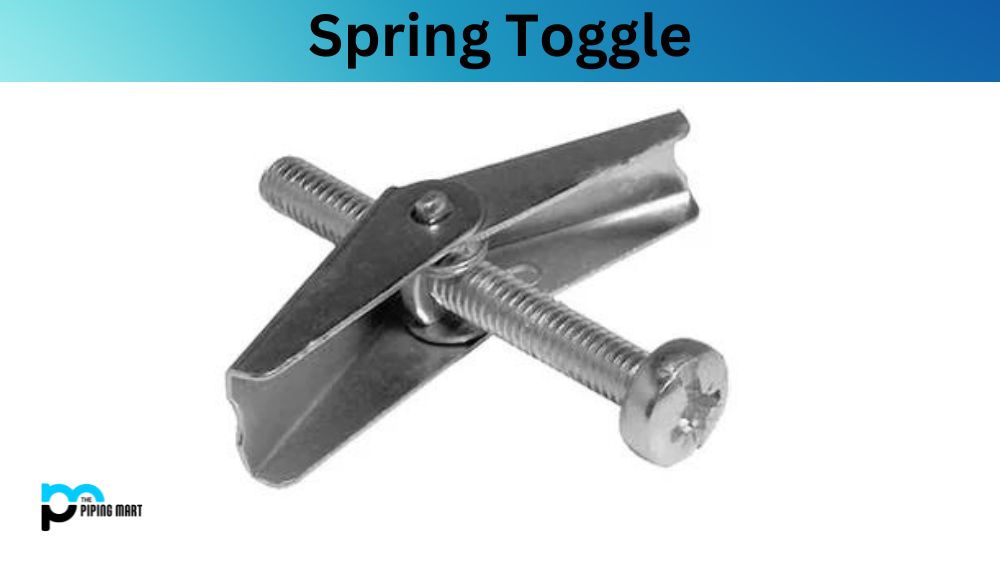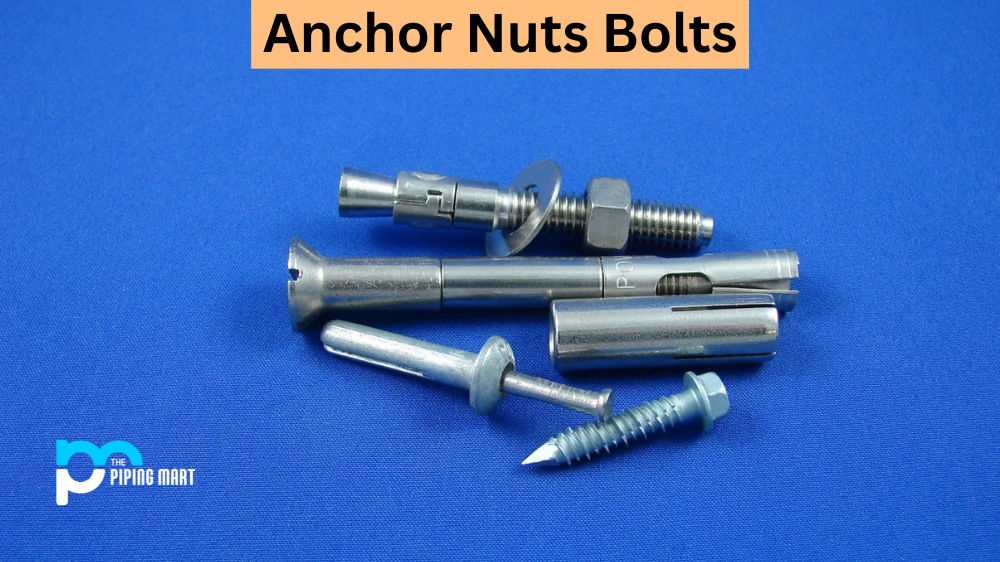When it comes to rigging, there are two main types of eye bolts—shoulder eye bolts and standard eye bolts. While they have a similar appearance, they have different uses and capabilities. In this blog post, we’ll explain the differences between shoulder eye bolts and eye bolts so you can make an informed decision when it comes time to choose one for your specific application.
Shoulder Eye Bolt
Shoulder eye bolts are bolts that have a shoulder on one end and an eye on the other. The shoulder provides a larger surface area for distributing loads, making them ideal for use in applications where loads are heavy or uneven. Additionally, the shoulder can help to prevent the bolt from spinning when it is being installed or removed. Shoulder eye bolts are designed with a shoulder that is large in diameter compared to the shaft of the bolt. This shoulder allows for a secure connection in overhead lifting applications, meaning that it will be able to support more weight than a standard eye bolt. It also helps spread the load across the base of the shank, preventing it from bending or breaking under high-stress situations. Additionally, because of the shape of this type of bolt, it is not able to be removed from its mounting point without first being cut off or broken off.
Eye Bolt
Eye bolts are bolts that have an eye on one end and a thread on the other. They are typically used in applications where loads are light or where there is no need for a shoulder. One advantage of eye bolts is that they can be easily installed and removed. Standard eye bolts are designed with no shoulder on the end of them, meaning that they cannot handle quite as much weight as a shoulder eye bolt. Because there is no added support at the end, these types of bolts can bend and break if too much weight is applied to them. They can also be easily removed from their mounting point by unscrewing them or cutting off the head with a saw or grinder. This makes them useful in situations where quick removal is necessary but not recommended for heavy-duty applications such as overhead lifting.
Difference Between Shoulder Eye Bolt and Eye Bolt
Capacity
Shoulder eye bolts have a greater capacity than eye bolts, making them better suited for use in applications where loads are heavy or uneven. Additionally, the shoulder can help to distribute loads more evenly, making them less likely to cause damage to the material they are being used with.
Installation
Shoulder eye bolts are more difficult to install than eye bolts, as the shoulder must be aligned with the hole before the bolt can be inserted. Additionally, the shoulder can make it more difficult to remove the bolt if it needs to be replaced. Eye bolts, on the other hand, can be easily installed and removed as they do not have a shoulder that needs to be aligned with the hole.
Removal
Shoulder eye bolts are more difficult to remove than eye bolts, as the shoulder can make it more difficult to grip the bolt when trying to unscrew it. Additionally, the shoulder can make it more difficult to align the bolt with the hole when inserting it back into the material. Eye bolts, on the other hand, can be easily removed and inserted as they do not have a shoulder that needs to be aligned with the hole.
Conclusion:
When deciding between using a shoulder eye bolt and an eye bolt for your application, consider what type of load you will be subjecting it to and how long you need it to last. If you need something that can withstand heavy loads over long periods without bending or breaking, then opt for the shoulder eye bolt; otherwise, if you need something that can easily be removed without having to cut it off, go with an ordinary eye bolt instead. No matter which one you choose, make sure that you abide by all safety regulations set forth by OSHA to ensure safe working conditions for everyone involved!

A passionate metal industry expert and blogger. With over 5 years of experience in the field, Palak brings a wealth of knowledge and insight to her writing. Whether discussing the latest trends in the metal industry or sharing tips, she is dedicated to helping others succeed in the metal industry.




